“What a wonderful place it would be without nuclear power plants, or even with them.” Ms. Oga studied agriculture and had an architect friend to build her dream house, made of wood from the nearby Abukuma Mountains, Fukushima. The accident happened just before being able to move into the house. After evacuating to Niigata Prefecture, Ms. Oga said, “I was so happy that first spring, I felt everything was OK.” That’s how difficult life was after the nuclear accident, even though the evacuation order for parts of Okuma Town was lifted in March 2020.
Eleven years have passed since the accident at the Fukushima Daiichi nuclear power plant. Many people are still suffering.
What did we learn from that disaster?
As we approach the 11th anniversary of the disaster, we need to look back at what happened, ask what is happening now, and think about energy and the future.
Friends of the Earth Japan
Containers filled with contaminated soil from Iitate Village (Fukushima, 2017)
-
Nuclear accident

Ten years after March 11, 2011, the Great East Japan Earthquake and Fukushima Daiichi nuclear accident continue to affect many people.
-
Lifting of evacuation orders and return home

Most evacuation orders have been lifted. But the return rate is low.
-
Current status of contaminated water
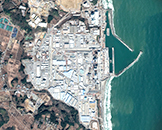
Years after the nuclear accident, a huge amount of contaminated water is still being generated. Even after bing processed, it still contains a large amount of radioactive materials. The question is what to do with it.
-
Mountains of contaminated soil.
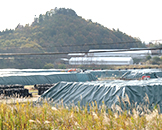
The ground surface contaminated by radioactive materials from the nuclear accident is being scraped away. But where will it go?
-
What is the cost of the nuclear accident?
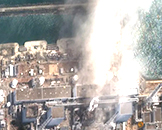
The national costs of compensation, decontamination and decommissioning of the nuclear accident amount to are at least 22 trillion yen. Who will pay?
Renewable energy supplied 17% of Japan's electricity in 2017. CO2 emissions are dropping due to energy conservation and renewable energy.
-
Your choices can change society!

You can support renewable energy by switching your electricity provider.
-
The world is rejecting nuclear power
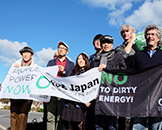
Renewable energy is growing rapidly and costs are falling quickly. Many countries are now rejecting nuclear power due to the risk of accidents and problems of nuclear waste.
-
Nuclear power and climate change
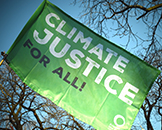
In Japan, nuclear power has been promoted as a measure against climate change. But is nuclear power really a solution to climate change?
-
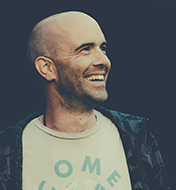 Cian CiaranMusician living in Wales
Cian CiaranMusician living in Wales -
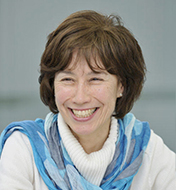 Ms. Aileen Mioko SmithEnvironmental activist
Ms. Aileen Mioko SmithEnvironmental activist -
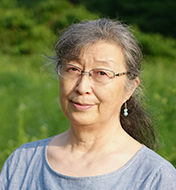 Ruiko MutōMiharu-machi, Fukushima Prefecture.
Ruiko MutōMiharu-machi, Fukushima Prefecture. -
 Norma FieldProfessor emeritus of East Asian Studies at the University of Chicago
Norma FieldProfessor emeritus of East Asian Studies at the University of Chicago -
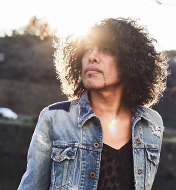 Sato TaijiTheatre Brook
Sato TaijiTheatre Brook
Organizer of Nakatsugawa Solar Budokan -
 ChihiroArtist
ChihiroArtist
Lives in Chigasaki, Kanagawa, Born in Kunimi, Fukushima -
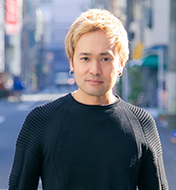 Yoshinobu IshidaCEO, LOND Corporation
Yoshinobu IshidaCEO, LOND Corporation

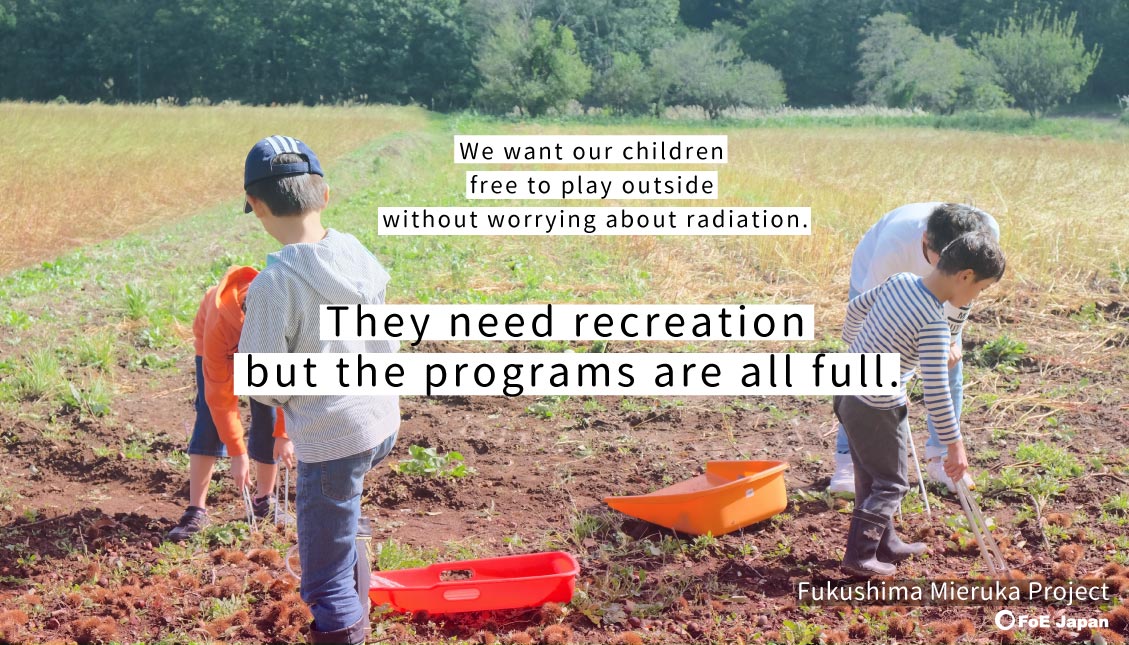
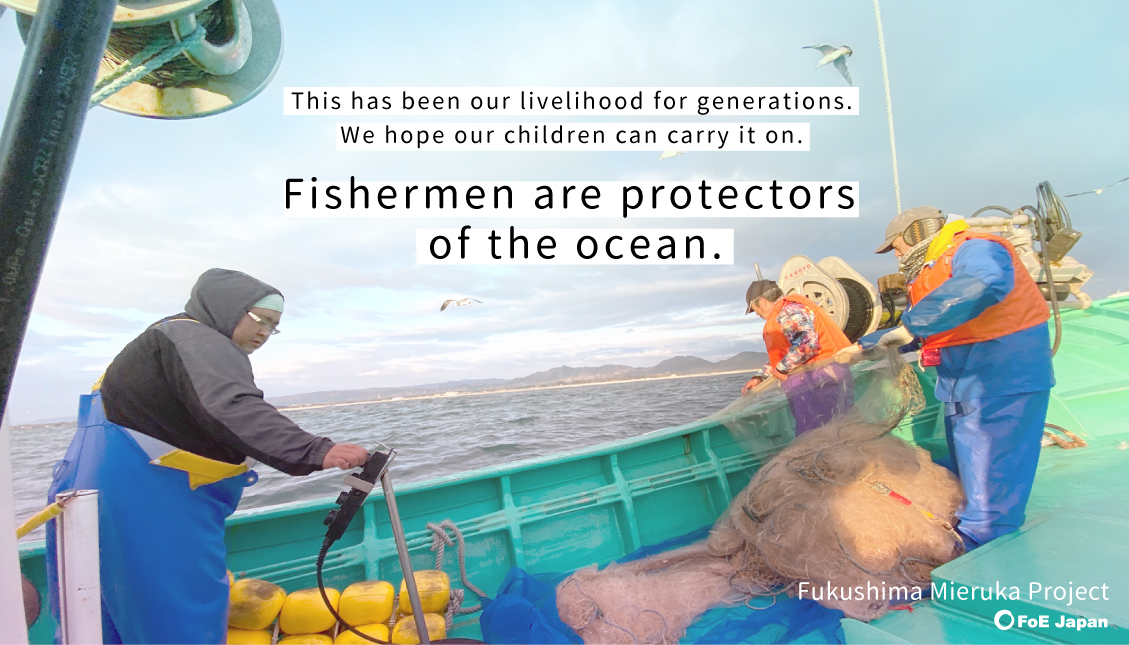
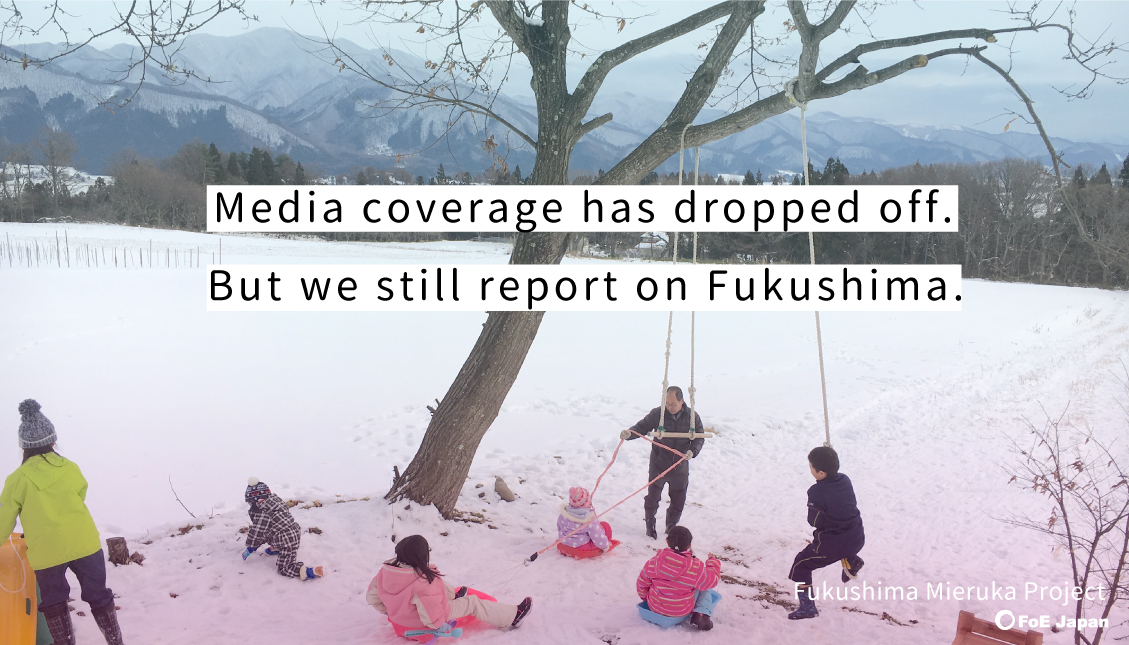


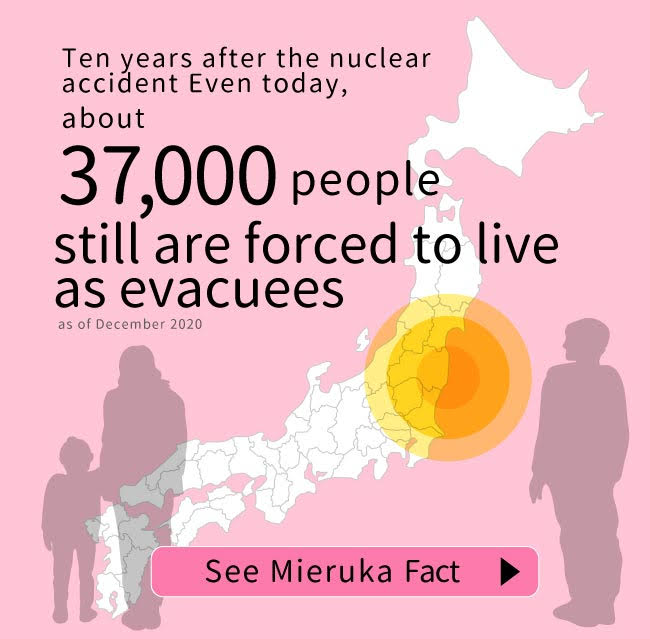



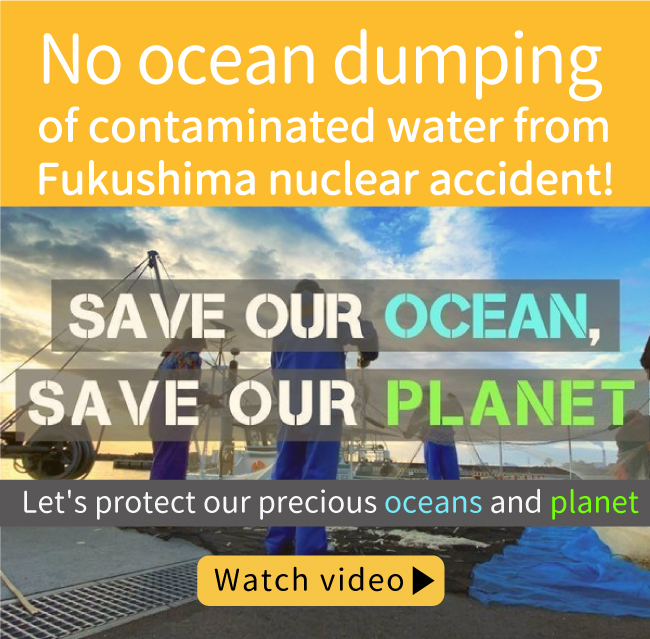


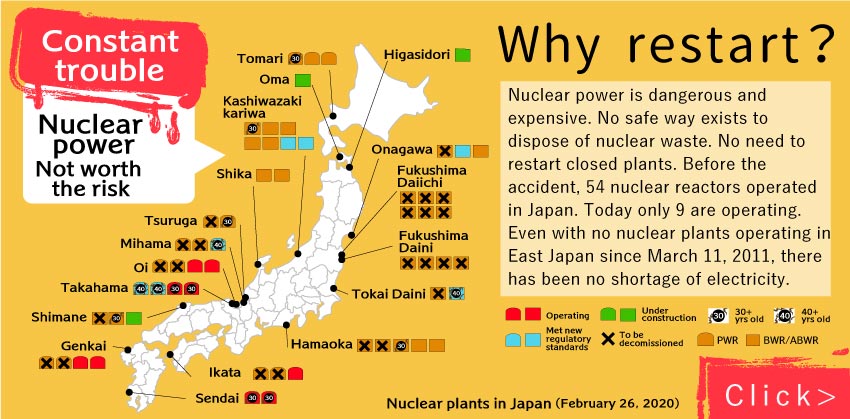
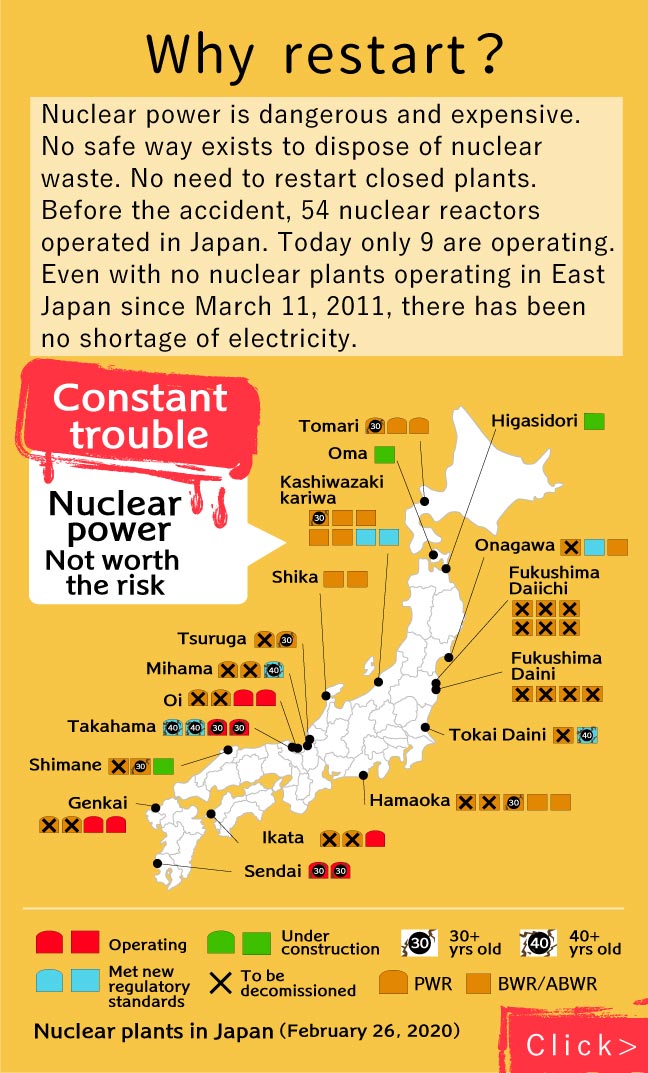

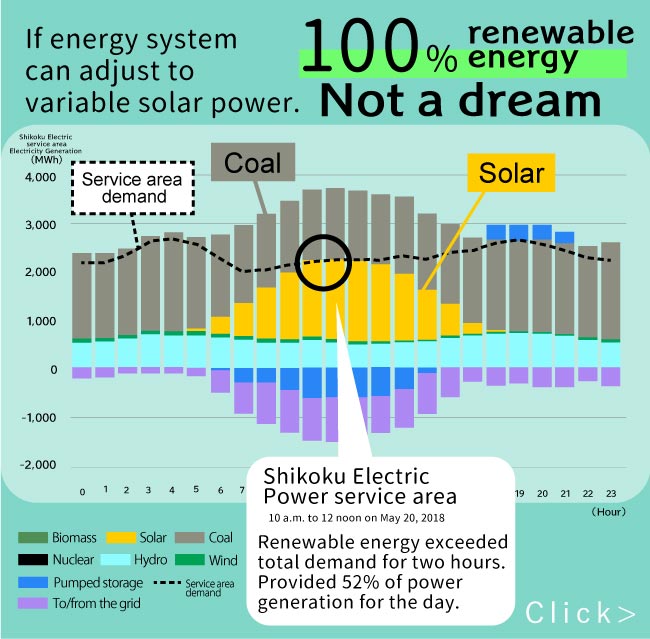







Fukushima Poka Poka Project: Children gathering chestnuts